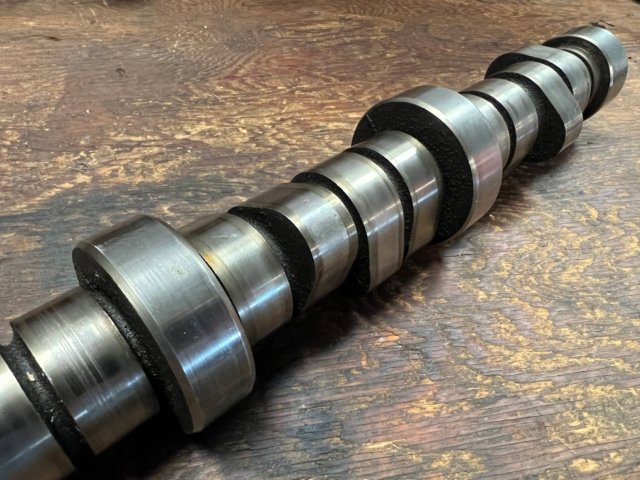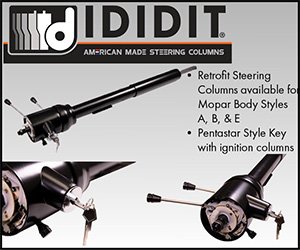 Imagine shrinking down small enough to sit in the lifter valley of a vintage Mopar V8. Peering through the roiling of oil, you’d get a good look at sixteen flat tappets, each in an unending game of tug of war between camshaft lobe and pushrod. Whilst their bouncing up and down might be expected, the team at Hughes Engines would also have you know that they would also be spinning in their bores.
Imagine shrinking down small enough to sit in the lifter valley of a vintage Mopar V8. Peering through the roiling of oil, you’d get a good look at sixteen flat tappets, each in an unending game of tug of war between camshaft lobe and pushrod. Whilst their bouncing up and down might be expected, the team at Hughes Engines would also have you know that they would also be spinning in their bores.
Actually, this rotation is extremely important for appropriate wear of the cam lobe, lifter face, lifter bore, and pushrod bottom. Therefore, before assembling a new engine, it’s imperative to verify that every one has just a little bit of swirl.

1) Install the camshaft clean and dry in the block, with oil only on the bearing journals.
2) Install your new lifters with dry bottoms and only a light coat of WD- 40® or similar light oil on the sides only. NEVER REUSE USED LIFTERS.
3) Mark the tops of all the lifters and the block with witness marks with a felt tip pen so you can see how far the lifters rotate.
4) Install the camshaft sprocket, only.
5) Using a speed handle and the proper socket, rotate the cam while applying a small pressure on the socket, to keep it properly located against the block.
6) Observe the lifters; they must rise and fall by their own weight. If not, they are too tight. We have a special tool to properly size and clearance the lifter bores, P/N 8319.
7) Rotate the camshaft at the speed of approximately 2 turns per second, for a total of 16 revolutions.
8) Check the mark on top of the lifter. It must indicate that the lifters were trying to rotate. You would like to see about 90º rotation indicated, though some may turn as much as 1 full turn. All lifters may not rotate the same amount or the same direction. If a lifter does not rotate at all – try again – the cam and lifter must be dry where they contact for this test to work properly. It may be necessary to move lifter(s) to other bores in order to see rotation.
9) If you encounter a lifter that absolutely will not rotate after following these steps contact us.
10) Make sure to install the lifters in the same bore during final assembly.








